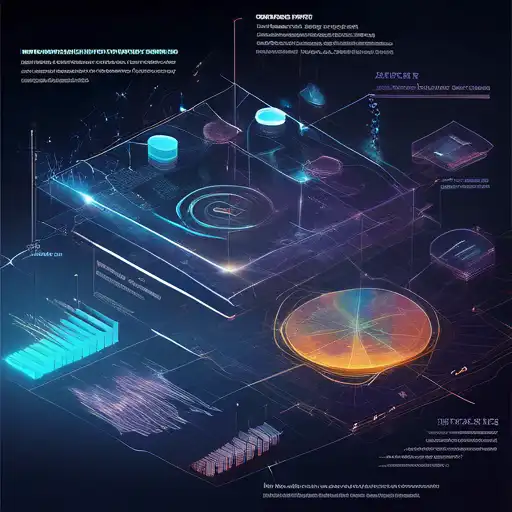Introduction to Data Visualization
In the era of big data, the ability to visualize complex datasets in an understandable and actionable manner is more crucial than ever. Data visualization techniques enable businesses and researchers to uncover hidden patterns, correlations, and insights that are not apparent in raw data. This article explores the most effective data visualization techniques that can help you gain better insights from your data.
Why Data Visualization Matters
Data visualization transforms numbers and metrics into visual objects like graphs, charts, and maps, making complex data more accessible, understandable, and usable. It plays a pivotal role in decision-making processes across various industries by providing a clear way to see and understand trends, outliers, and patterns in data.
Top Data Visualization Techniques
Here are some of the most powerful data visualization techniques that can enhance your data analysis:
- Bar Charts: Ideal for comparing quantities among different groups.
- Line Graphs: Best for visualizing data trends over time.
- Pie Charts: Useful for showing proportions and percentages.
- Scatter Plots: Excellent for identifying correlations between two variables.
- Heat Maps: Great for visualizing complex data like user behavior on websites.
Choosing the Right Visualization Technique
Selecting the appropriate visualization technique depends on the nature of your data and the insights you wish to derive. For instance, if you're analyzing sales performance over several months, a line graph would be more effective than a pie chart. Understanding the strengths and limitations of each technique is key to effective data visualization.
Advanced Data Visualization Tools
With advancements in technology, several tools have emerged to facilitate sophisticated data visualization. Tools like Tableau, Power BI, and Python libraries such as Matplotlib and Seaborn offer extensive capabilities for creating interactive and dynamic visualizations.
Best Practices for Effective Data Visualization
To maximize the impact of your data visualizations, consider the following best practices:
- Keep it simple and avoid clutter.
- Use colors strategically to highlight important data points.
- Ensure your visualizations are accessible to all audiences, including those with color vision deficiencies.
- Always provide context and labels to make your visualizations self-explanatory.
Conclusion
Data visualization is an indispensable tool in the data analysis process, offering a bridge between complex datasets and actionable insights. By mastering the techniques and tools discussed in this article, you can unlock deeper insights from your data and make more informed decisions. Remember, the goal of data visualization is not just to present data but to tell a story that drives action.
